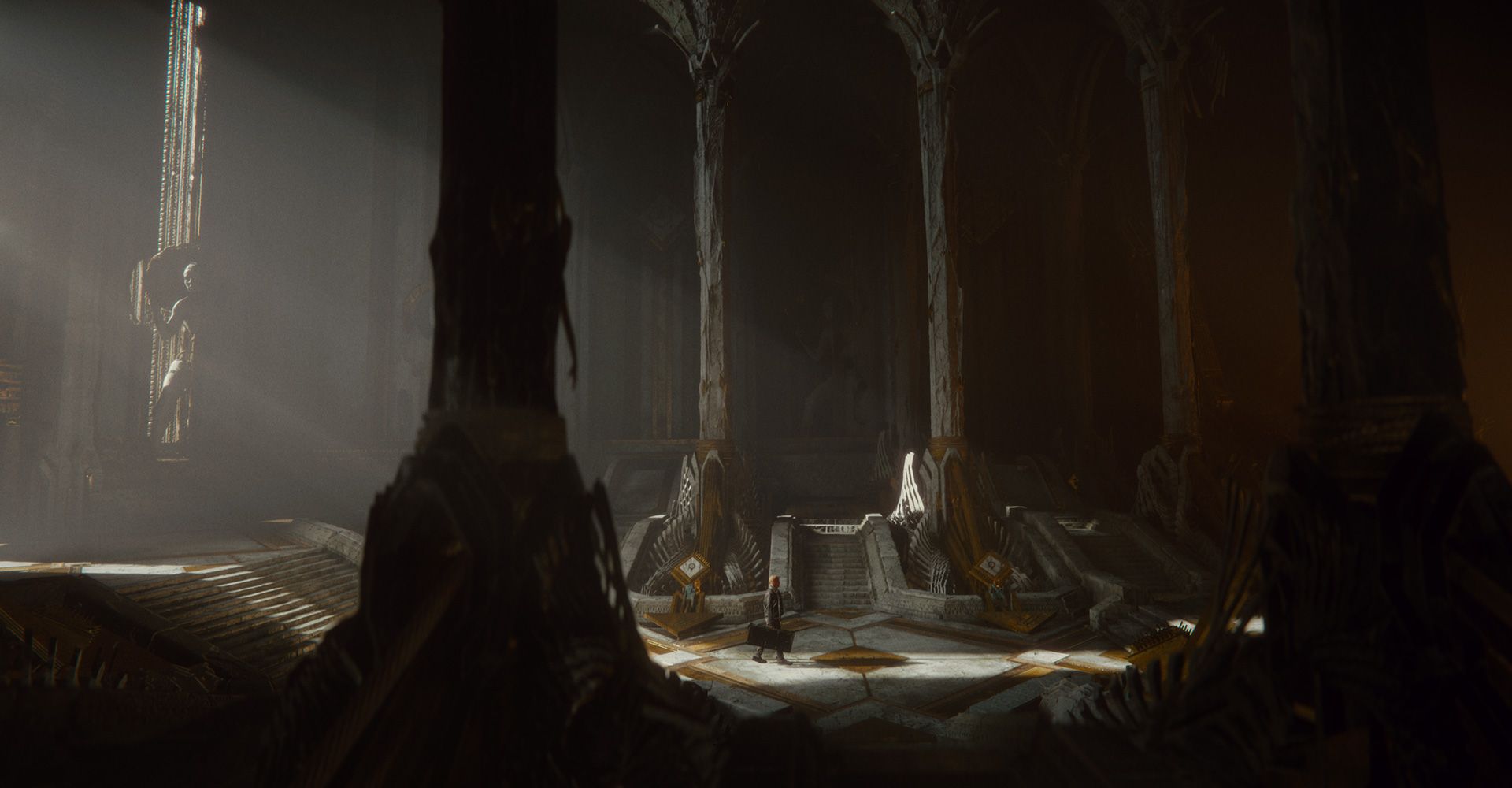
Discover some of the major Editor and workflow updates in 2019.3. For full details, check out the release notes.
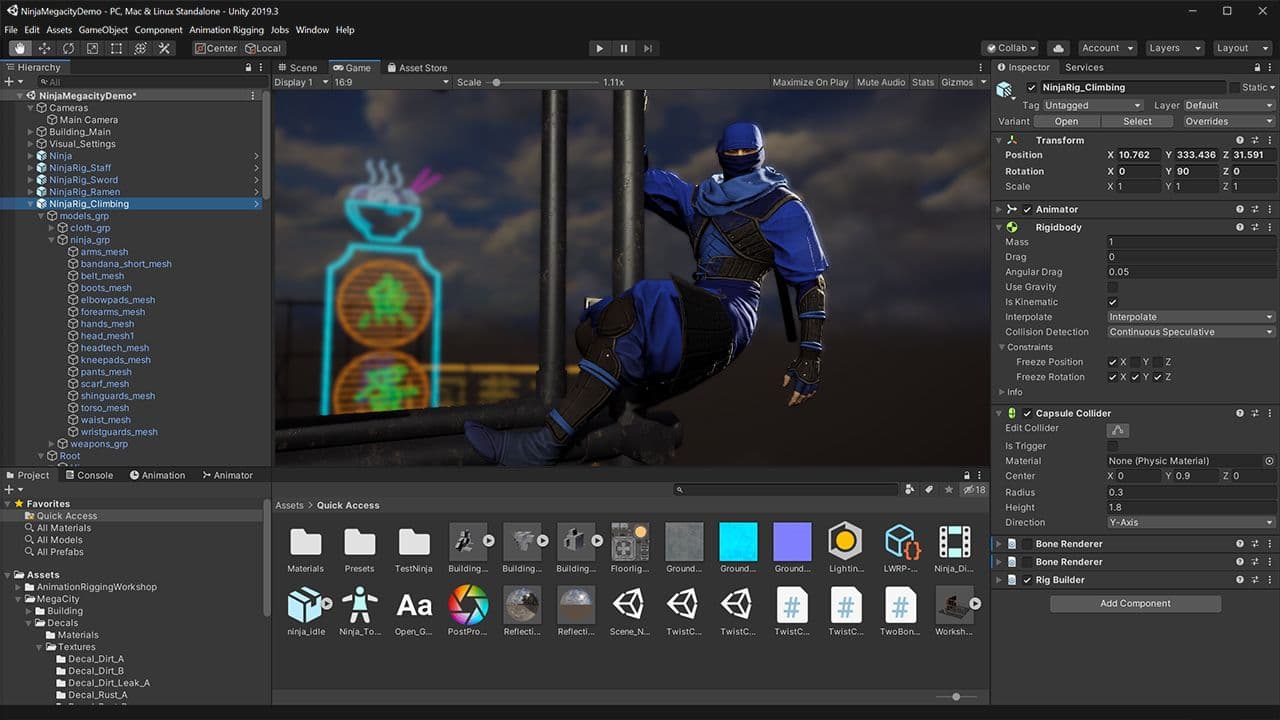
We’ve updated both Light and Dark themes with new colors and treatments to simplify the UI and increase clarity, helping creators focus more on their content. We’ve also refreshed and aligned icon styles and now support high-DPI display resolutions. The new UI font improves legibility and minimizes eye fatigue. As well, we’ve improved feedback for core interactions and controls with clear markers to show window focus, improved tab titles, and provided visual on-hover cursor feedback.
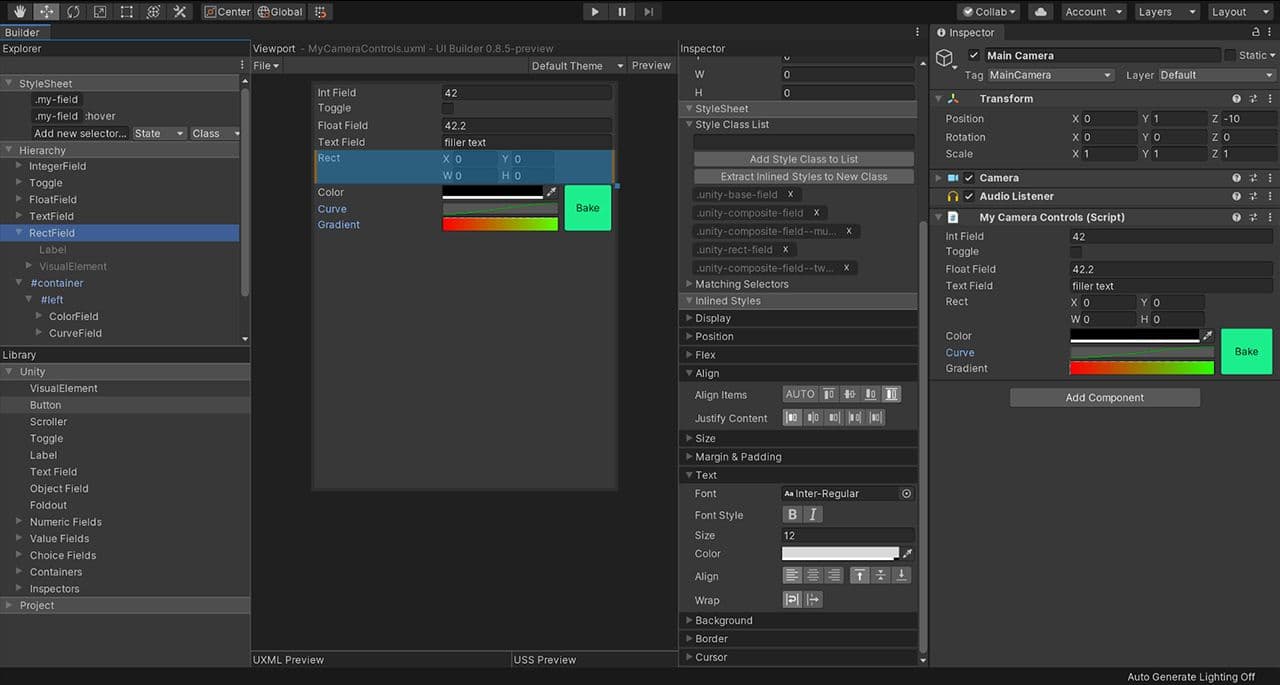
UIElements includes several new features that add useful functionality to the USS stylesheet. You can now set custom properties to be reused in a document, set property values as percentages instead of pixels so they resize relative to their parent values, and color keywords. You can also now use the source attribute to reference assets in CSS and UXML files, with absolute or relative paths, which makes it easier to bundle and distribute pieces of UI.
UI Builder is a visually oriented tool that lets artists and designers create UI for the Unity Editor. UI Builder provides a visual set of tools to use the underlying UI Elements framework, including the stylesheet, hierarchy, and standard controls like buttons, scrollers, toggles, and text fields. Workflows in UI Builder are designed for rapid testing and iteration, and can provide a live and interactive preview of the UI as it is being created so the UI designer can see exactly how the final UI will look and feel.
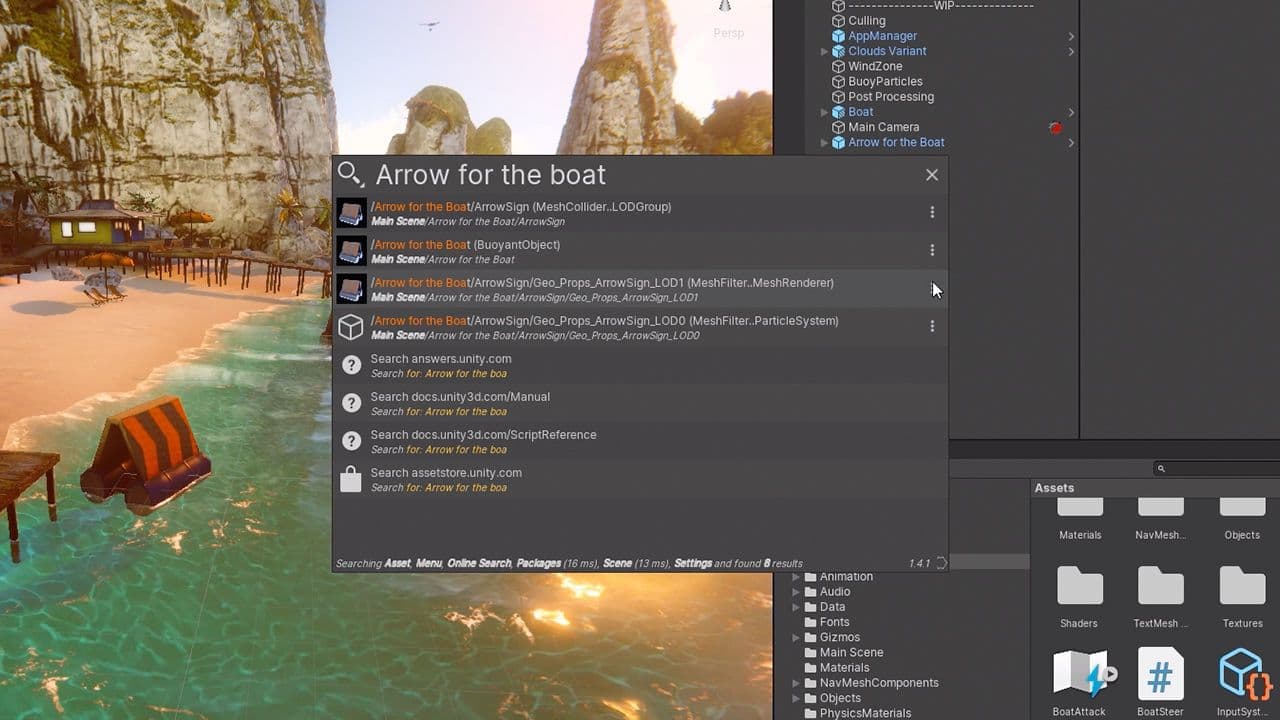
It can be difficult to locate specific content when you’re building large projects with lots of assets and game objects. The new Quick Search lets you find anything in the Editor: assets, game objects, settings, and menu items, significantly speeding up your workflow. To access it, use the keyboard shortcut Alt + ‘ and begin your search. You can interact with the search results, navigate to an associated settings page, drag an asset into the Scene, or activate a menu item.
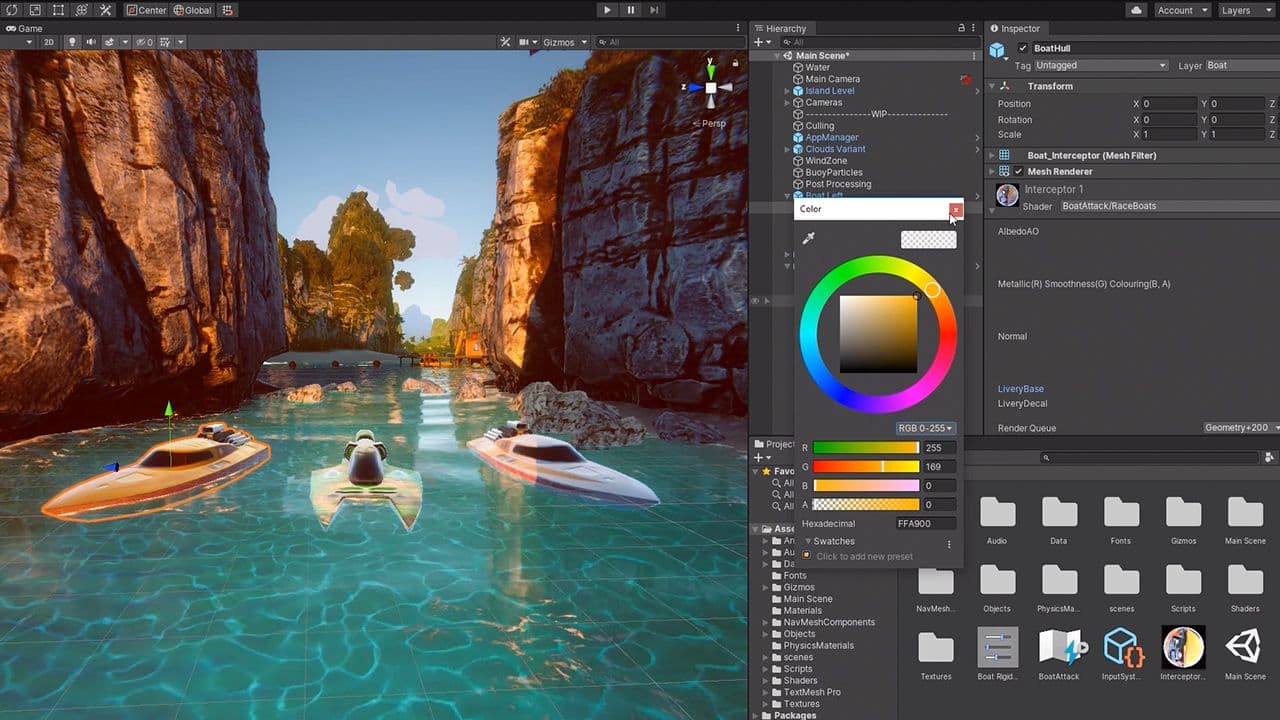
Presets, added in Unity 2019.1, allow users to customize the default state of just about anything in Unity – components, importers, or managers – without coding.
In 2019.3, the Preset Manager allows more than one default per type. This means that you can have multiple defaults and can achieve very specific preset behaviors based on naming conventions.
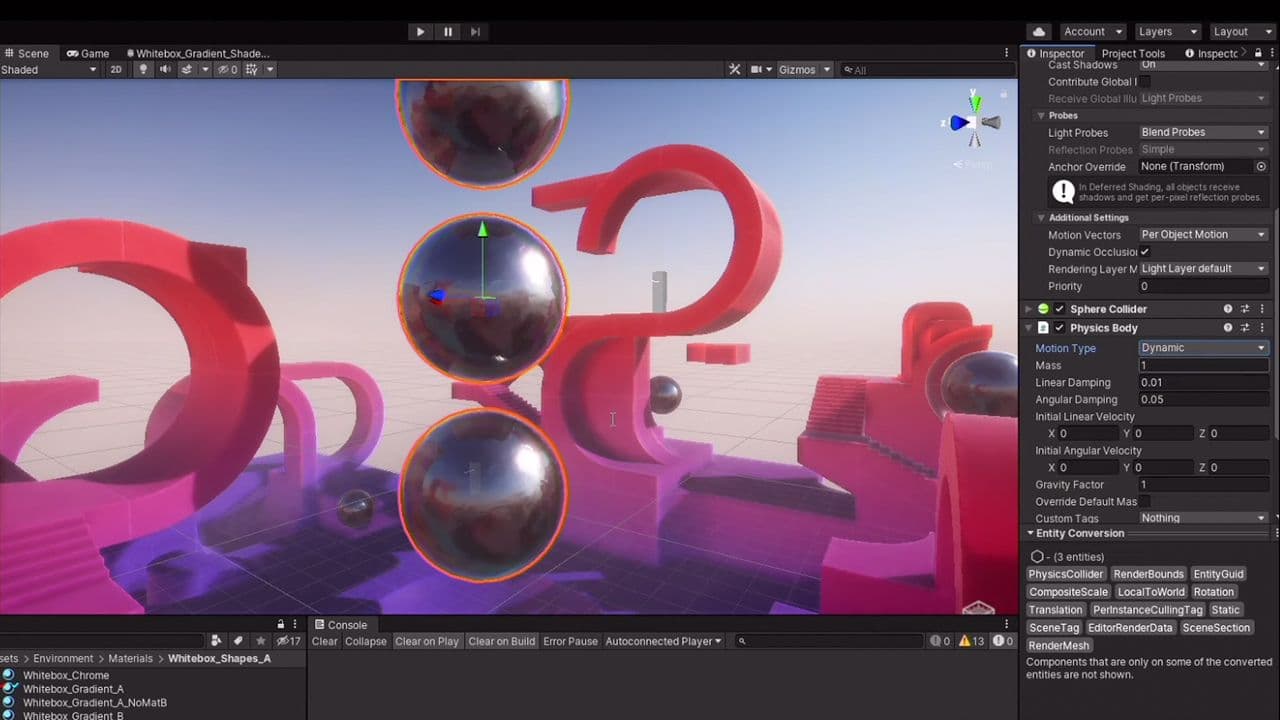
Two new features included in the Entities package (Preview) will bring substantial productivity gains to anyone building DOTS-based projects. With the Conversion Workflow, you can convert your GameObjects to entities with one click, harnessing the power of DOTS while using the workflows you already know. Unity Live Link enables you to make changes in the Editor and push them to your target device in real-time, giving you instant feedback on how they look and perform on the actual device.
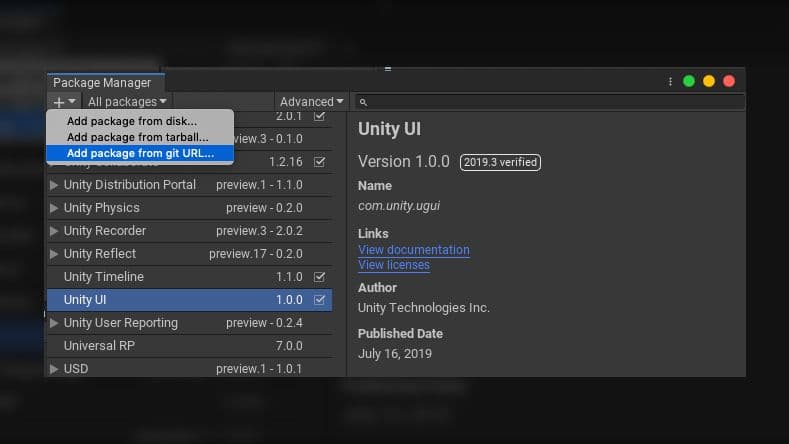
The Unity Package Manager now helps you access even more tools for your Unity projects. Starting with Unity 2019.3, you can manage your Asset Store collection directly with the Package Manager and also install packages from a Git repository via a URL.
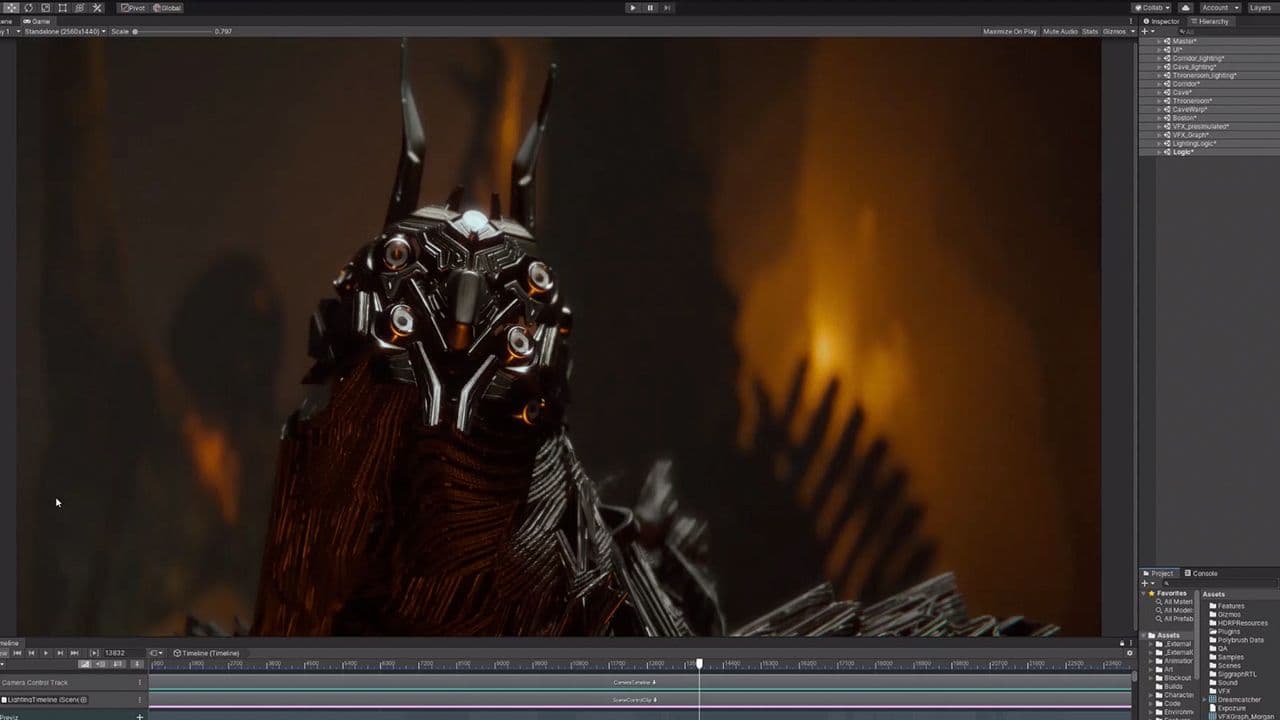
We’ve replaced the AssetDatabase Version 1 pipeline with Version 2. This features asset-dependency tracking and many other improvements that together lay the foundation of a more reliable, performant and scalable pipeline, speeding up your import times significantly.
You can now have multiple revisions stored in the AssetDatabase, which speeds up platform switching and swapping between previously imported versions of assets.
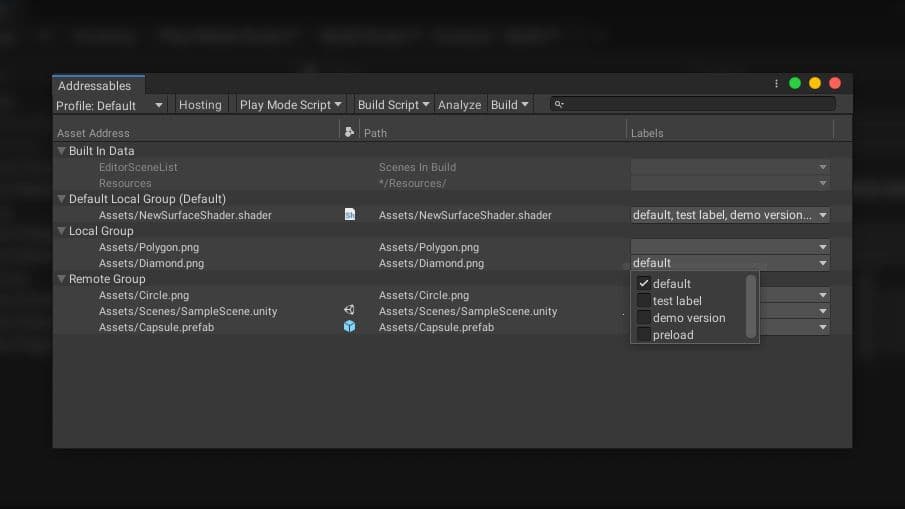
This release includes the new Addressable Asset System (i.e., Addressables), which gives you an easy way to load assets by “address,” while also handling asset management overhead by simplifying content pack creation and deployment. In short, Addressables lets your team efficiently manage complex live content.
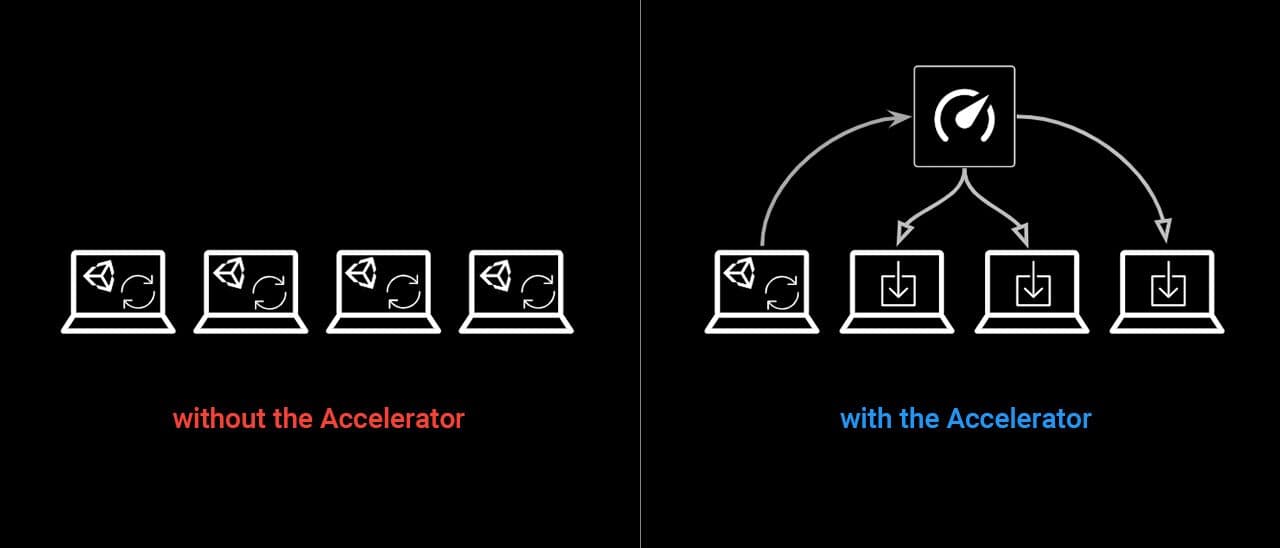
The new Unity Accelerator provides a local network proxy and cache service that speeds up iteration times (reducing project-update wait times by up to 90%) for two major scenarios – source code download through Collaborate and asset pipeline importing.
The Unity Accelerator is a standalone tool that is now available for download for OSX, Windows and Linux.
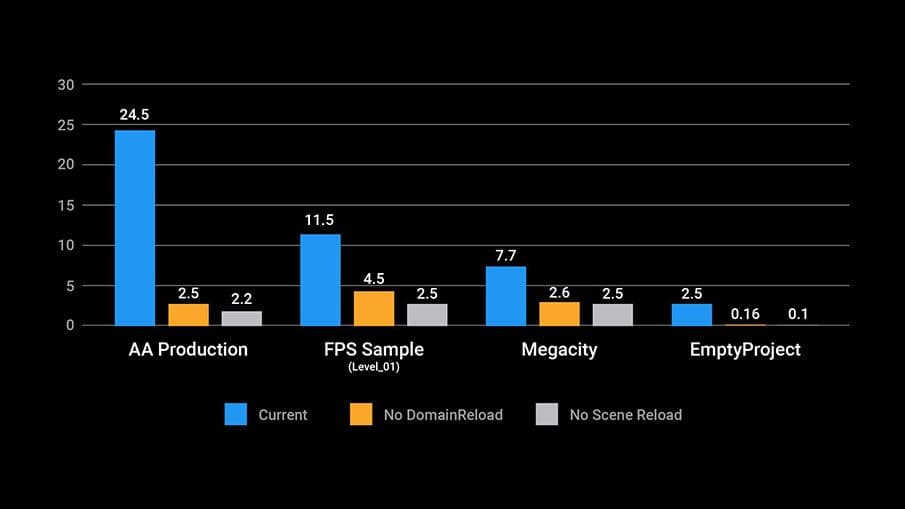
When your project gets more complex, the Unity Editor can be slow to enter Play Mode. That’s why we’re introducing Configurable Enter Play Mode (access it via Project Settings > Editor > Enter Play Mode options). These options allow you to disable domain and/or scene reloading from the Enter Play Mode process when there are no code changes, saving you up to 90% of iteration time. Check out How to configure Play Mode in the documentation for details on how to get started using this experimental feature.
